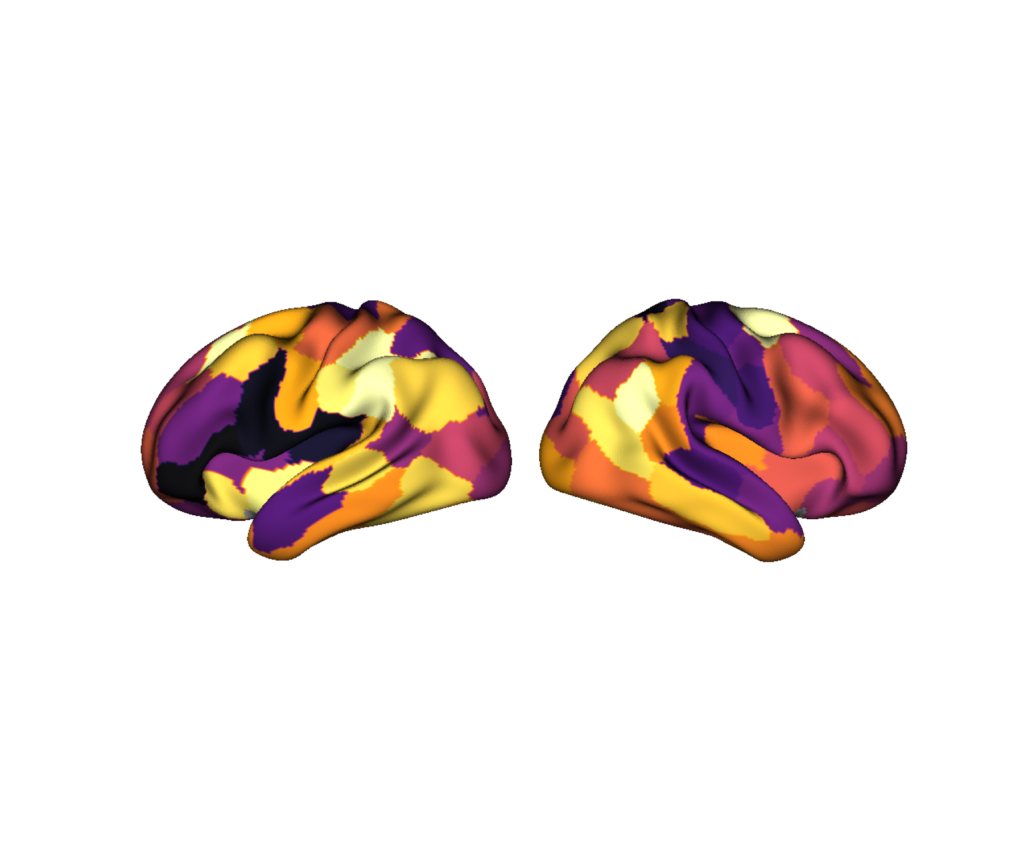This post is also available in Dutch.
Think of the brain as a musical instrument, like a bell. Its sound doesn’t just come from how it’s struck but also from its shape. This analogy drives home the essence of a new study revealing that the brain’s geometry—the wrinkles and folds of the cortex, plays a bigger role in its activity than the web of connections traditionally believed to be the star.
For decades, neuroscientists have painstakingly mapped the connectome, a neural “highway system” linking distant brain regions. While important, this research now suggests the connectome isn’t the primary driver of brain activity. Instead, the shape of the brain acts as a resonant framework, influencing how signals travel across it, much like how a violin’s shape guides its sound.
The experiment
To untangle the mystery, scientists analysed over 10,000 brain activity maps using advanced imaging and mathematical models inspired by physics. They calculated “geometric modes,” or patterns of brain activity dictated by the brain’s physical structure. These modes reflect how neuronal signals propagate across the brain’s surface, creating large, wave-like flows of activity.
The team discovered that these geometric modes could explain both spontaneous brain activity (like daydreaming) and activity during tasks better than traditional models that focus only on connections.
Voila
Brain activity doesn’t happen in isolated spots but spreads in large-scale patterns, like ripples extending across the brain. These waves of activity travel through the brain’s curved surface, naturally linking different regions without relying on complex neural connection models. Surprisingly, this wave-like behaviour isn’t limited to the brain’s outer folds; even deeper structures, like the thalamus and hippocampus, show that their activity is better explained by geometry than by connectivity.
Why this matters
This research challenges the classical view of brain function, emphasising the brain’s area-specific activity linked by neural pathways. It paints a new picture of the brain as a physically continuous, dynamic system shaped by its own structure.
These findings could revolutionise how we study brain disorders, as disruptions in geometry could underlie conditions like epilepsy or dementia. They also highlight how individual variations in brain shape might influence personality or cognitive abilities.
The takeaway
Your brain isn’t just a tangle of wires—it’s a beautifully sculpted organ where geometry reigns supreme. By thinking beyond connections, scientists are now tuning into the melodies of the brain’s wrinkles, offering a deeper understanding of how we think, feel, and experience the world.
Author: Vivek
Buddy: Elena
Editing: Amir
Translation and editing: Hilde
